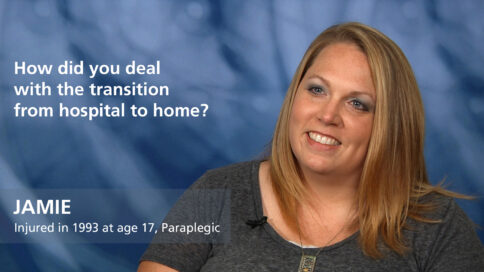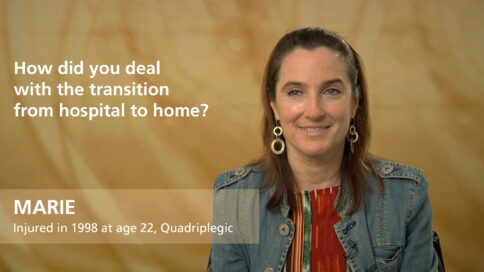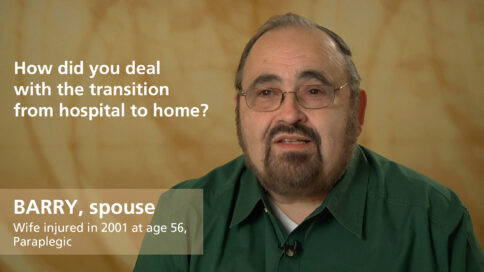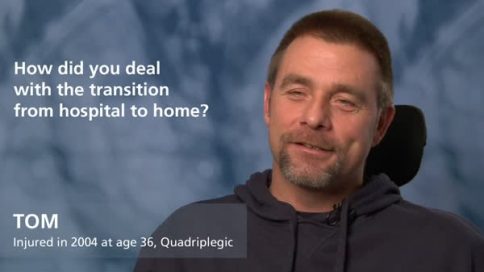How soon after a spinal cord injury should occupational therapy begin? - Katie Powell, OT
|
|
How soon after a spinal cord injury should occupational therapy begin? |
|
Katie Powell, OTOccupational Therapist, Clement J. Zablocki VA Medical Center, Milwaukee |
||
| Read Bio | More Videos by Katie Powell | |
|
Share |
||
Transcript
Occupational therapy should begin as soon as possible after a spinal cord injury. Generally once a person has a spinal cord injury, the physician will put in a consult or an order for an occupational therapist to come in and evaluate the person who is newly injured. Those first couple days in the hospital, as an occupational therapist, I’m looking at what this person can functionally do and how much activity they can tolerate. So we’re look at basic things like being able to sit up, getting into a chair, maybe looking at if they can feed themselves. And then once they’re medically stable, we generally recommend, in collaboration with the rest of the team, that they continue on in an intensive therapy program somewhere where they can get an integrative rehab team working with them. From that point, that’s where we get into the nitty-gritty of what we do. We’re really focusing on people’s self-care, what equipment they’re going to need and getting them ready to go back home or into the community.
Show Less|
|
||
add
How soon after a spinal cord injury should occupational therapy begin? |
||
Katie Powell, OTOccupational Therapist, Clement J. Zablocki VA Medical Center, Milwaukee |
More Videos by Katie Powell | |
| Transcriptadd | share | |
Occupational therapy should begin as soon as possible after a spinal cord injury. Generally once a person has a spinal cord injury, the physician will put in a consult or an order for an occupational therapist to come in and evaluate the person who is newly injured. Those first couple days in the hospital, as an occupational therapist, I’m looking at what this person can functionally do and how much activity they can tolerate. So we’re look at basic things like being able to sit up, getting into a chair, maybe looking at if they can feed themselves. And then once they’re medically stable, we generally recommend, in collaboration with the rest of the team, that they continue on in an intensive therapy program somewhere where they can get an integrative rehab team working with them. From that point, that’s where we get into the nitty-gritty of what we do. We’re really focusing on people’s self-care, what equipment they’re going to need and getting them ready to go back home or into the community.































































